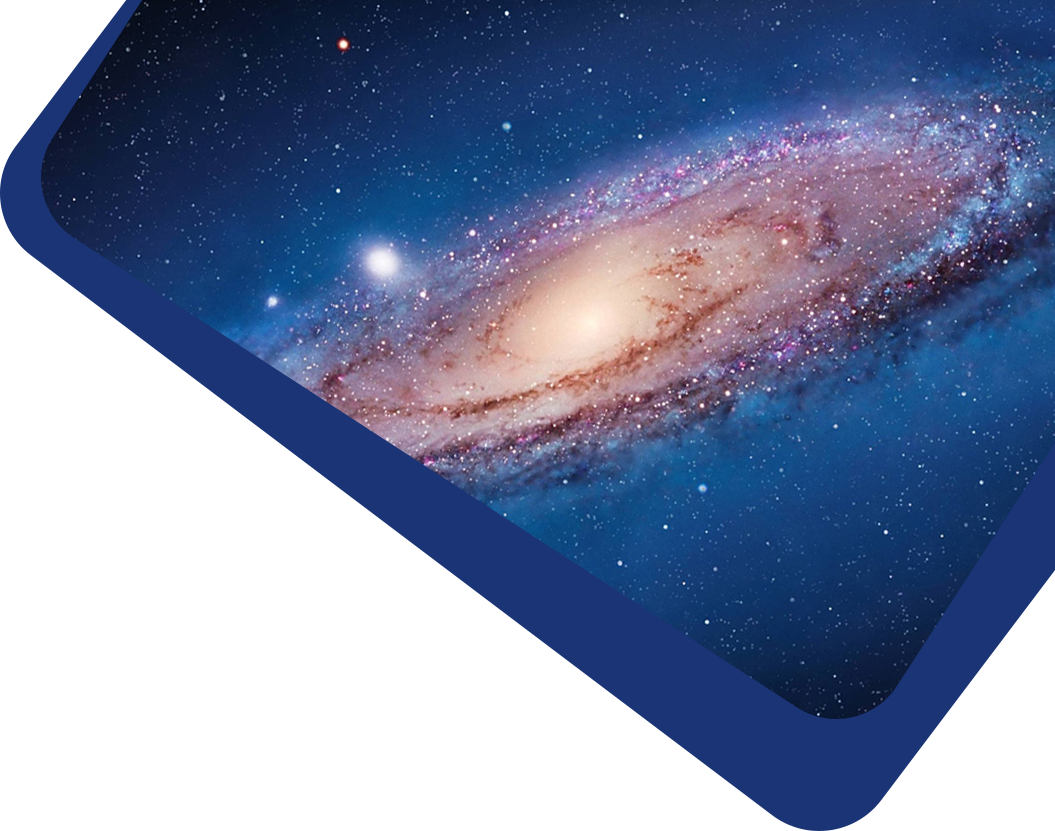The role of galaxy morphology and stellar population properties in galaxy evolution is crucial for understanding the transition from star-forming to quiescent galaxies. We present an analysis of 94 galaxies with Hδ absorption line equivalent widths greater than 2 Å, selected from the DEEP2 survey EGS field (0 < z < 1). The wealth of multi-wavelength coverage enables accurate stellar mass measurements from SED fitting, SFR measurements from UV and MIR, and galaxy population classification based on the UVJ diagram. Using HST F814W images, we performed a morphological analysis and found that most galaxies exhibit disk-like structures, with some showing bulge-dominated profiles. The size of our sample is roughly in between the star-forming and quiescent galaxies, implying a transition of galaxy population. We also examined the role of central stellar density (Σ1) in galaxy evolution and found that galaxies with higher Σ1 tend to evolve into quiescent galaxies earlier, supporting the “downsizing” scenario. These findings underscore the importance of size, mass, and central density in galaxy evolution.



